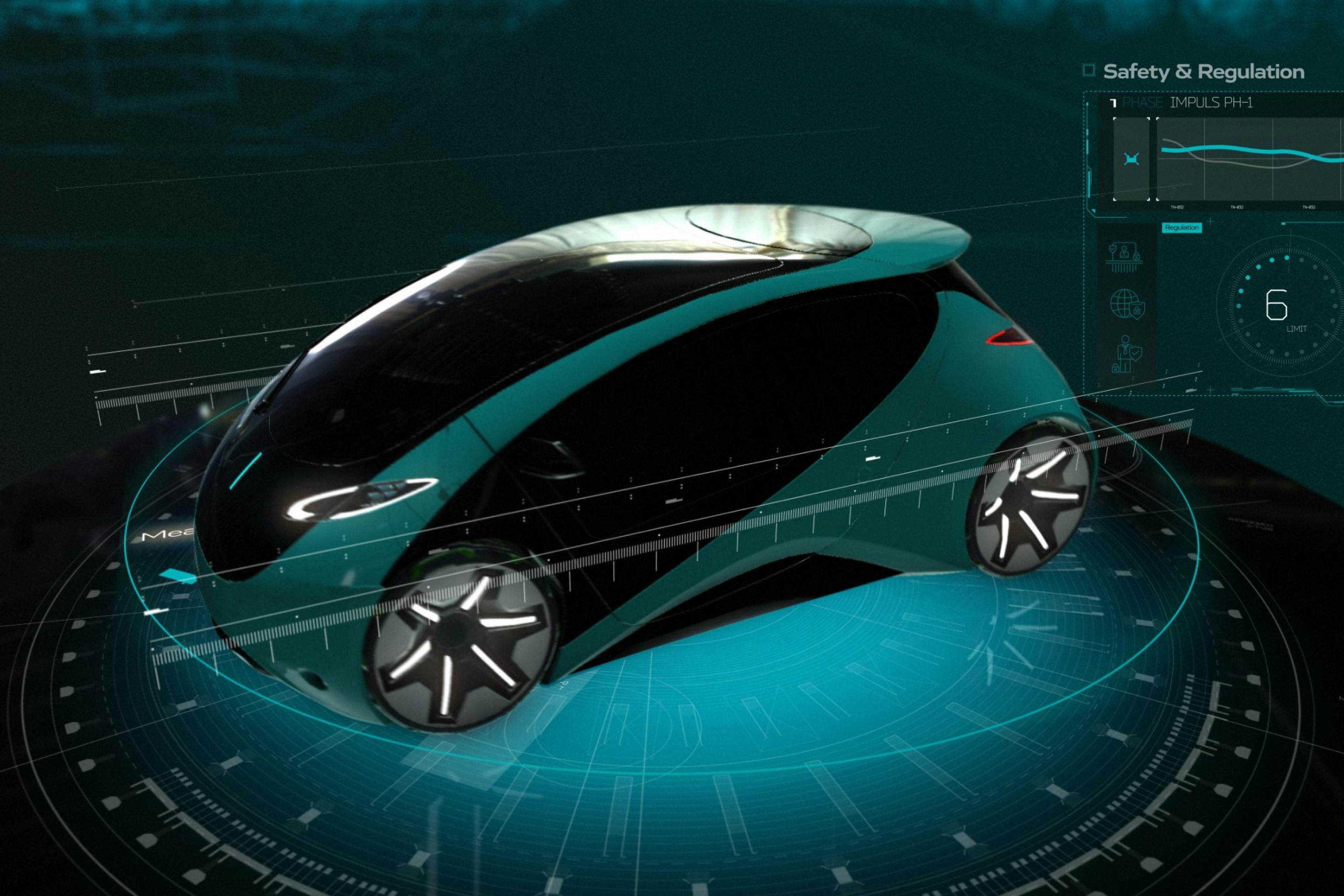The Autonomous opens a new Working Group to tackle one of the biggest challenges for safe autonomous driving: regulation and certification. All companies and institutions interested in actively participating in this Working Group and shaping its outcome are invited to join us.
The newly launched Working Group “Safety and Regulation” will be led by experts from the renowned law firm, pswp specializing in vehicle regulation and certification, and Regtech software company Kontrol. They will be supported by the testing alliance IAMTS to discuss current developments in regulation, homologation, and certification for autonomous and automated systems with a focus on the value chain in the automotive industry.
Current status of regulation for autonomous driving
The regulatory environment for the automotive industry has drastically evolved during the last couple of years. The current situation is that the first regulations for connected and automated driving capable vehicles are in force (i.e., Germany, UN R155-157, (EU) 2019/2144). It is the industry’s turn to catch up by developing its products in compliance with the regulations and by discussing and shaping the upcoming laws.
The provisions in place so far are merely starting points, and a substantial amount will be added locally and internationally in the following years. These regulations’ primary objective is to promote safe mobility and public acceptance by providing legal certainty, which encompasses everything from traffic accidents on the road to environmental safety.
The successful and safe deployment of advanced driver assistance systems (ADAS) and autonomous driving (AD) technologies across the globe is considered one of the most significant challenges in the mobility industry. Undergoing the typical hype cycle, billions of dollars have been spent developing self-driving vehicles, leading to geofenced commercial and increasingly driverless operations in selected environments.
Regulatory bodies have long struggled to find the right approach to laying the relevant groundwork for deploying such impactful technologies in public use. From the self-certification of automobile manufacturers and state-by-state approvals, such as in Nevada, California, or Arizona in the United States, to a more certification-driven environment in Europe, the landscape of legal requirements, standards, norms, and court rulings, provides significant challenges for all market participants.
In parallel, established car makers (OEM) face threats by new entrants in successfully continuing their gradual roll-out of highly automated and driver assistance functions (SAE levels 2 and 3) up to competing with autonomous driving technology companies for fully self-driving fleets (SAE level 4).
Regulatory and liability challenges
Regulations frequently refer to other sources, such as standards or court rulings, and paragraphs are interconnected and country-specific. Therefore, experts need to invest a lot of time in comprehending the relationships between various regulations and standards and how to take them into account during the development of new technologies. It is, therefore, necessary to provide a detailed and digitally accessible overview of current and future rules in the context of connected and automated cars.
The difficulty of defining and complying with all relevant regulatory requirements and considering the interaction with certificates and standards from various organizations is a further complexity. Compared to the current practice, when the majority of automotive standards were created based on an industrial agreement of state of the art for the specific topic, today’s standards are increasingly developed in response to impending regulations or as a direct result of policymakers who have a standardization mandate.
Last but not least, regulations must be gathered throughout the whole supply chain, collated so that regulatory and certification bodies may easily evaluate and validate them, and monitor them throughout the vehicle’s lifecycle.
Working group Scope
In this Working Group, we try to find answers to the following questions:
- What are current challenges, developments, and practices in compliance, validation, and standardization?
- The new world of autonomous driving will always overlap with the old world of conventional driving: What is the best regulation for both conventional and autonomous vehicles, with and without a human driver?
- Which requirements do driving systems have to meet to be street legal, and how?
- What are the challenges and differences in the rule perception of humans and machines?
- Since real life in traffic is not always easy and not foreseeable, there are rules out there using pretty vague terms such as “Overtaking is not permitted in case of unclear traffic situation”. Can an autonomous vehicle execute such indeterminate laws?
It is essential that vehicle manufacturers, suppliers, testing organizations and law companies collaborate with the authorities to develop suitable regulations for autonomous driving.
JOIN OUR LIVE INFO SESSIONS
If you believe your organization would be a critical addition to the Working Group Safety & Regulation, join fellow industry experts for one of the exclusive Info Sessions, held on October 18 and October 27.
We will bring 1h and 30 minutes of focused content covering the following:
- The Autonomous vision and long-term roadmap
- Working Group Safety & Regulation detailed scope and timeline
- How to become a member
The event will also include a live Q&A session allowing attendees to ask questions and engage with experts from The Autonomous Working Group Lead, Kontrol and pswp.
Choose one of the Info Sessions that best suits your schedule
Register for the Info Session on October 18
Register for the Info Session on October 27
